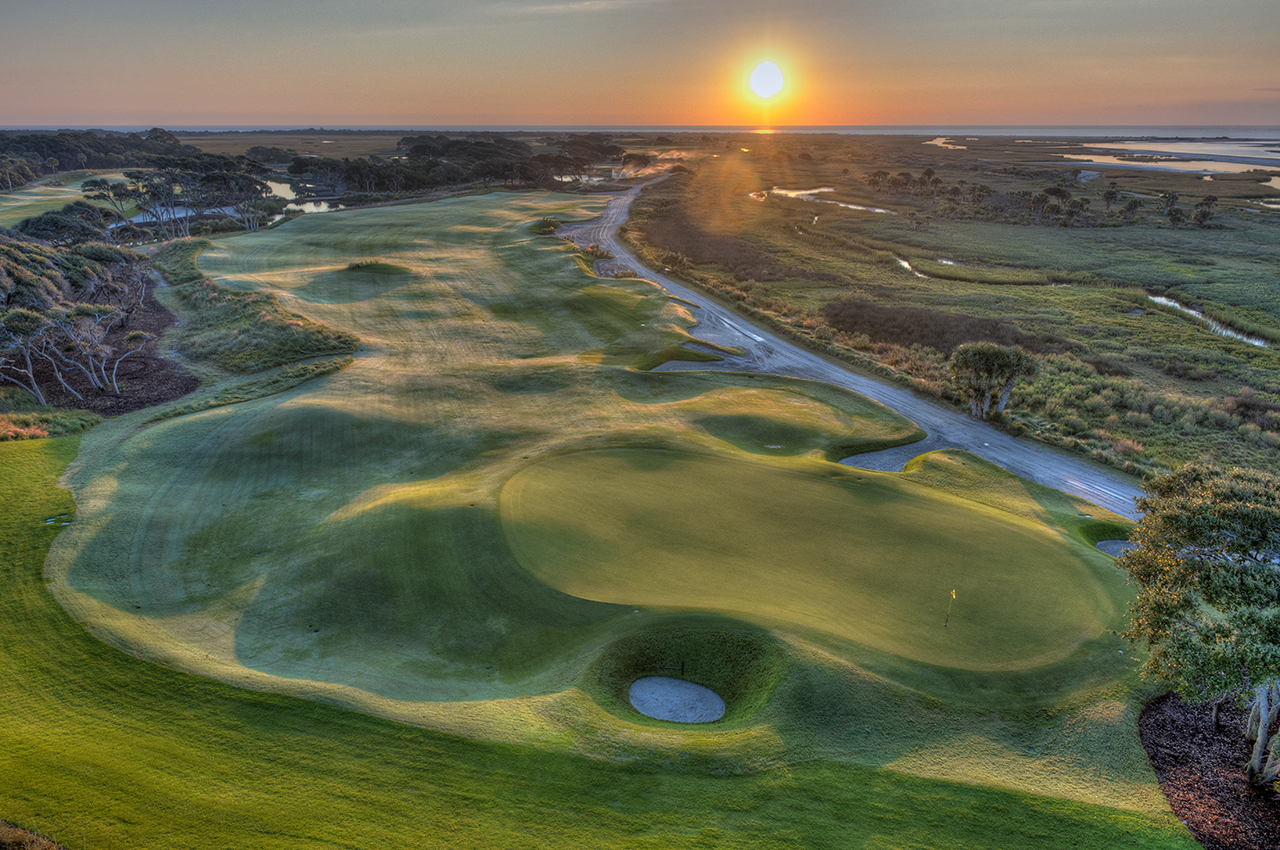It’s nothing new for The Ocean Course at Kiawah Island Golf Resort to be in the golf world’s spotlight. Site of the breathtaking 1991 Ryder Cup and Rory McIlroy’s victory in the 2012 PGA Championship, The Ocean Course ranks No. 14 in the United States on Golfweek’s Best 2021 list for Modern Courses and is the No. 1 public-access track in South Carolina.
Fans of golf watching on TV likely are familiar with the seaside links built by Pete Dye with help from his wife, Alice. But how does the course play when it’s not hosting a major? The course has seen nearly 11,000 days of resort play since that Ryder Cup ended with a narrow U.S. victory over the Europeans, and for most of those the course has been set up to accommodate amateurs instead of challenging the best players in the world.
For those resort guests in day-to-day play, there’s generally a bit less roll in the fairways, the greens are a bit more accepting and the pins are much easier than the pros see. Other than that, it’s the same golf course and provides one of the great opportunities in U.S.-based golf for regular players to test themselves on public-access championship courses.
With The Ocean Course again hosting a major with this year’s PGA Championship on May 20-23, the layout must transition from resort players to the pros. And Jeff Stone is in charge of making that happen.
Stone has worked at Kiawah Island Golf Resort since before that 1991 Ryder Cup, transitioning from roles as head superintendent at the resort’s Cougar Point and Turtle Point courses before taking over the lead job at The Ocean Course in 2003. He has seen The Ocean Course in any conceivable condition, and it’s his job to make sure the layout is primed for this year’s PGA Championship.
After recently seeing first-hand the incredible condition the course already was in, I spoke with Stone about the massive amount of planning and work that goes into taking a course from resort play to a major championship, and all the benefits and challenges The Ocean Course offers.

